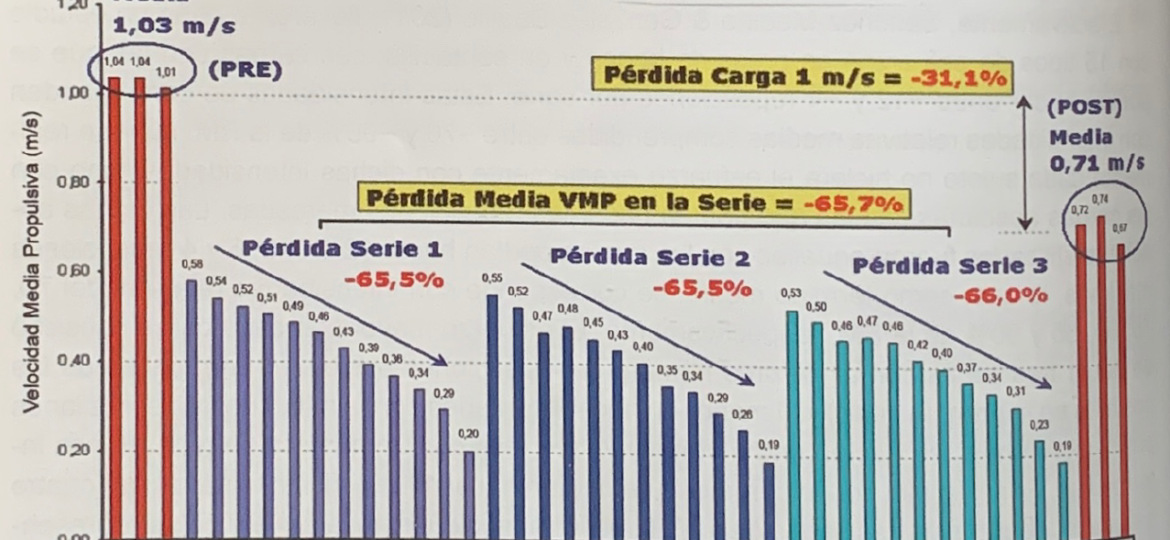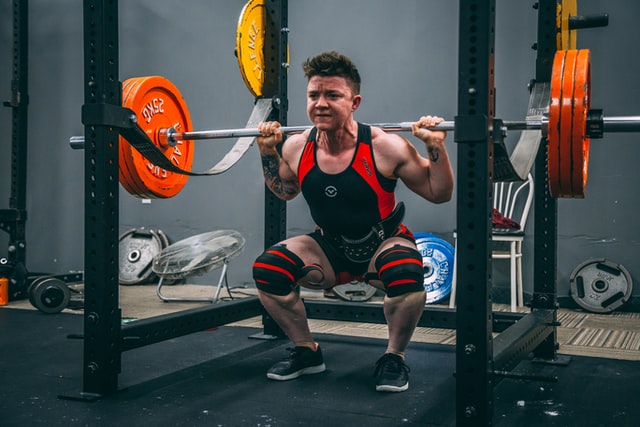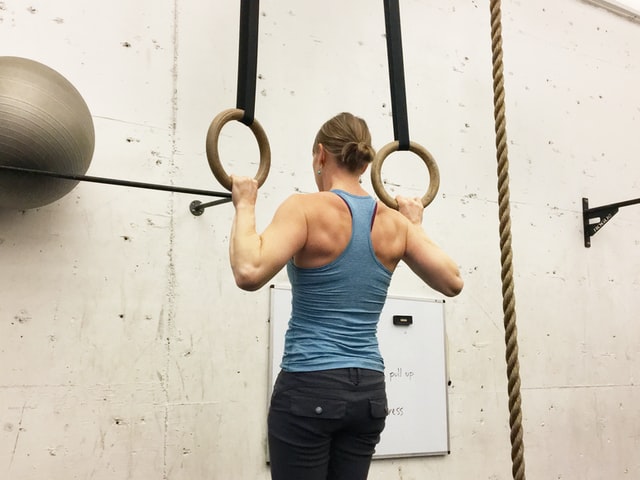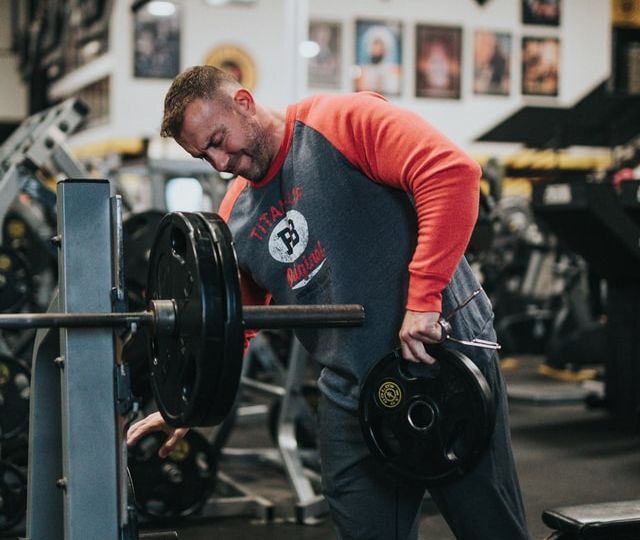The loss of speed in the series and its relationship with ammonia and lactate At this point, the article analyzes the effect of losing speed in the series of repetitions within strength training. In this series of articles we deal…
strength training
Training stages based on the need for strength In this entry, a review of the training stages will be made based on the need for strength. In this series of articles we deal with some of the most important concepts…
Force programming schemes: loads in the initial and final cycles This article reviews the evolution of training loads to define the previously described force programming schemes. In this series of articles we deal with some of the most important concepts…
Contributions of execution speed in training The main contributions of execution speed in training are summarized below, and which have been explained in this other previous article. They are divided into four sections: the contributions of the speed of the…
THE CLUSTER TRAINING, studies carried out AND ITS PROBLEMS The greater or lesser amplitude of the recovery time between repetitions and series is what is known as cluster training or CLT. In this series of articles we deal with some…
3 Factors of sports training In previous articles it has been seen that there are a series of determining factors of the force that a muscle or group of muscles can generate. Afterwards, the influence of muscle activation as the…
Steps to follow in the process of scheduling training In this article, a series of actions are indicated to program the training in each of the cycles that are programmed throughout the sporting life of the trained subject, always keeping…
Differentiation between central and peripheral fatigue This article reviews the differentiation between central and peripheral fatigue. For a long time, fatigue has been mainly related to factors dependent on what “happened” in the muscle, without taking much into account the…
Types of force and their errors Usually in sports training jargon it is considered that “there are many types of strength”, and each of them is given a name. This post analyzes some of them and their associated errors. In…
Training programming and its phases When designing a training schedule, the elements and factors that constitute a work plan are organized in a concrete and detailed way. In this case, the objective will be to improve strength qualities so that…
history of strength training In this entry a brief introduction is made on the history of strength training since the beginning of the 20th century. In this series of articles we deal with some of the most important concepts of…
The periodization of training Training periodization is still a way to “schedule” or “organize training.” This article describes in detail what it consists of and provides an introduction to linear and nonlinear periodization. In this series of articles we deal…
8 mistakes related to strength training These 8 errors related to strength training contribute to the confusion and paralyzation of the development of sports training methodology. When programming a training, a series of objectives and types of training are usually…
8 factors on which training loads depend This article introduces the 8 factors on which the loads in strength training depend and their relationship with the age of the trained subject. Once the appropriate exercises have been chosen, the effectiveness…
Intensity and volume in training loads The organization of intensity and volume in training loads is a basic aspect in training programming. In this entry the considerations of combining volume and intensity are evaluated and the key questions regarding the…
The 4 training schedules This post describes and analyzes the 4 strength training schedules based on the variation in intensity and volume throughout the training cycle. In this series of articles we deal with some of the most important concepts…
Factors for training personalization Before making decisions about how to structure the training it is necessary to know the factors for training personalization. In this series of articles we deal with some of the most important concepts of strength training,…
Training cycles and their 5 phases The training cycles are training time slots in which all the necessary loads have been applied, according to the programmer’s criteria, to achieve the expected objective. In this series of articles we deal with…
progression in strength training Every cycle of strength training must be structured with a progression in the training, in which the load (volume-intensity synthesis) increases almost in each training session. This means that during the first weeks each of them…
Why exercises with free weights are better than exercises with machines This article analyzes why free weight exercises are preferred over machine exercises for efficient strength development. In this series of articles we deal with some of the most important…





















